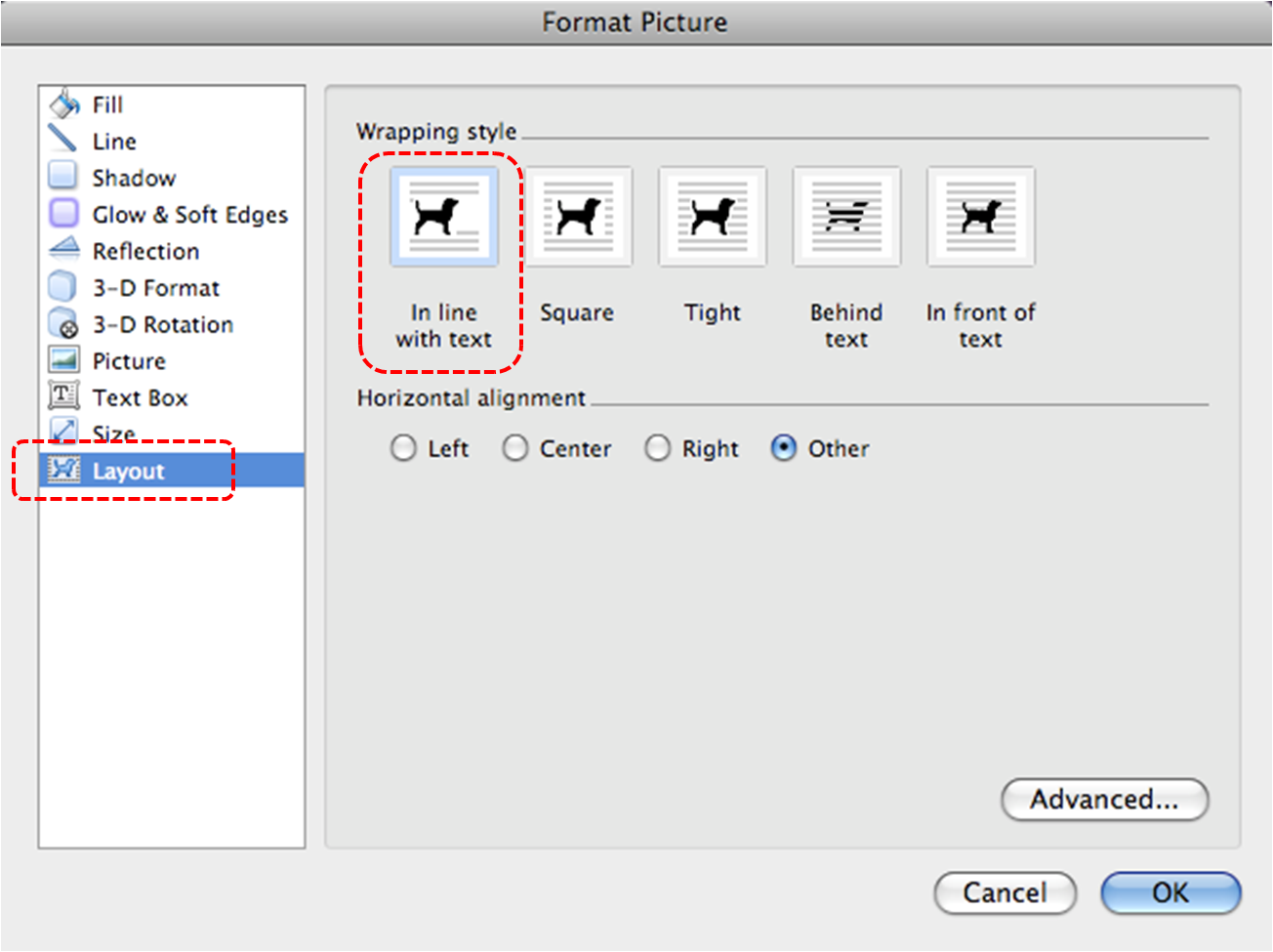

Your last steps might be to reset those hard returns that are currently represented by placeholders such as two asterisks. Once again, try to Replace All once you test a few occurrences. Simply, ask Word to search for every occurrence of a hard return and, depending on the content, replace it with nothing (leave Replace blank) or possibly add a space. Next, it’s time to clean up the hard returns you want to remove from the document. Later, you can go back into the text, and look for these placeholders and replace them with the two hard returns for each place where you actually want them in the final document. Now you have those placeholders for where you actually do want to see a paragraph mark. Once you see how it works, try Replace All. If you’re not too confident yet, you can replace the double hard returns individually using Find Next and then Replace. The placeholders could be a couple of asterisks (**), three exclamation marks (!!!)–just something that can be a place that you’re going to come back to when you’re ready to finish editing the document. Now, this placeholder could essentially be anything that would not normally appear on the document. Then, you’ll replace the two hard returns with placeholders. In this case, you’ll want to also look for any occurrence where there are two hard returns. For these types of documents, we don’t necessarily want to look for all the paragraph marks and replace them because now we’re creating another place where we’re going to have to spend our time cleaning up the document.

You’ll notice in the sample document above there are two hard returns at the end of paragraphs. Note: Before you start editing, create a copy of your document in case you need to go back to the original.īut there’s another thing to look out for because you may actually want to have some hard returns or paragraph marks at the end of the true paragraphs. Then, follow with the content you want to replace such as a space. So ^P is another way to display the paragraph mark. You’ll find the caret at the top of your keyboard above the number 6 key. Now if you do this on a regular basis, the other way to create this is with the caret symbol (^) and the letter P. To clean up our documents, we often want to find where the paragraph mark occurs and replace it either with a space or nothing if there already is a space in place. Here you’ll see any number of different symbols and characters that you can find and replace including the Paragraph Mark. To remove hard returns from a text file, pick the Special option. This gives you the option to be able to refine how you find and replace. From the Find and Replace dialog box, pick More. But there’s more to this feature than simply looking for text and replacing it with something else. You’ve probably used these before to find text, perhaps punctuation, and replace it with something else. You can also use the following keyboard shortcuts: To begin, you’ll locate the Find and Replace commands on the right-hand side of the Home tab. Review and edit your document as needed to finish the clean up of your file.If you created placeholders for the paragraph marks you want to keep, reverse the steps you used for Step 3 to put back the paragraph marks you want to retain in the document.Depending on your document, replace the paragraph marks with a space or nothing at all. Choose Paragraph Mark from the options under Special. Find and replace remaining hard returns using the More > Special from the Find and Replace dialog box.As needed, replace multiple hard returns you want to keep with a placeholder.Save the original document with a new name.The basic process to remove hard returns or paragraph marks as detailed below is: And that is to use the Find and Replace commands. However, there is a much easier approach to remove hard returns. Although it can be quite a time-consuming process, we could manually edit the text to delete the extra hard returns, add a space, or punctuation if necessary, and continue cleaning up the document in this way.


 0 kommentar(er)
0 kommentar(er)
